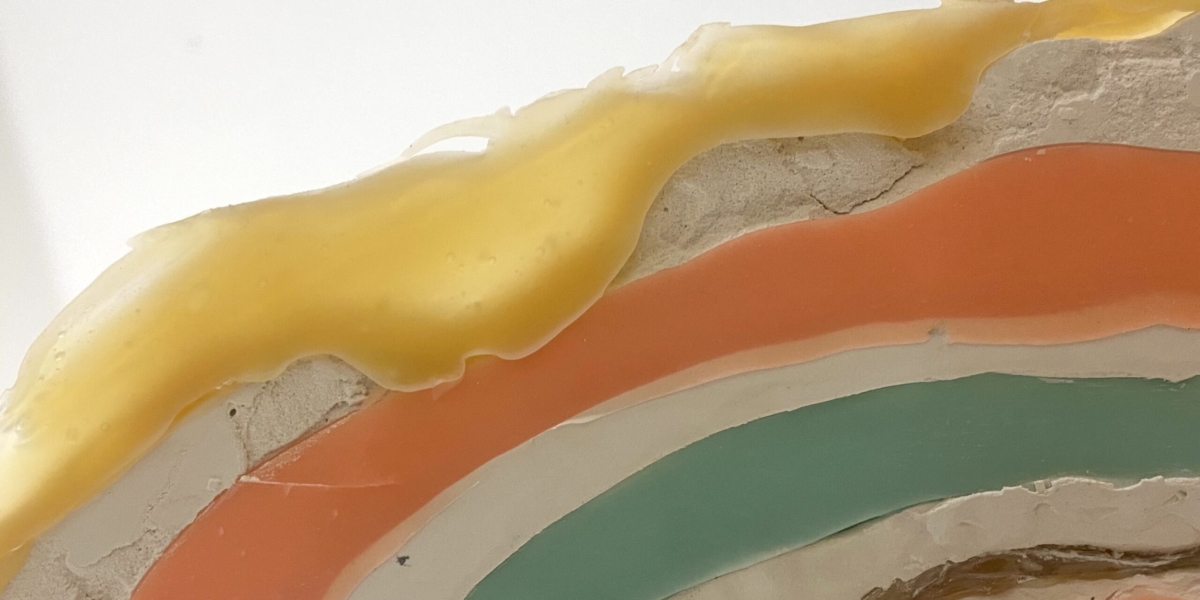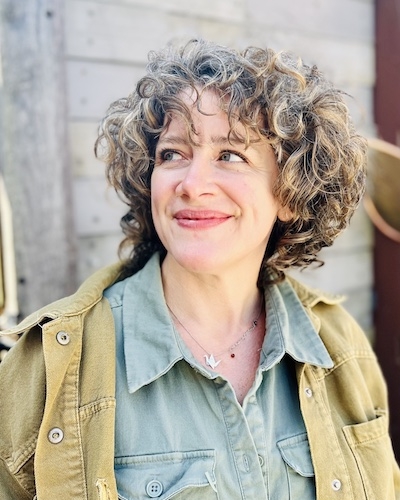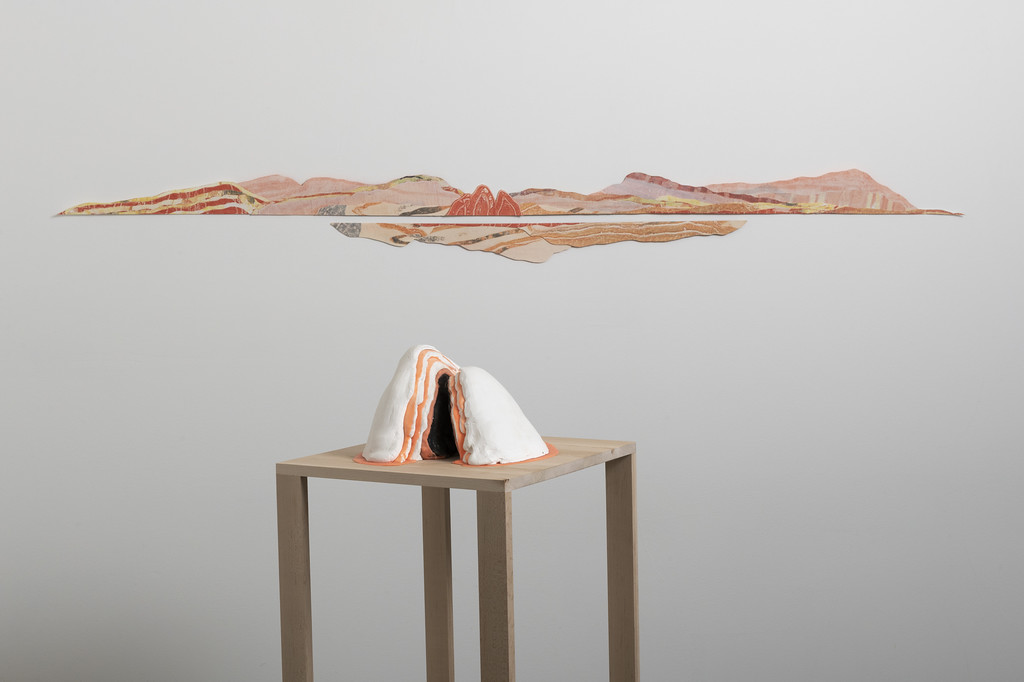
Visiting Artist Nichola Kinch: ‘Curiosity’ is the basis of everything
Wednesday, April 3rd, 2024

For artist Nichola Kinch, being a beginner at a particular practice — including art — “holds a special power”: openness.
That power to hold openness, to artistic mediums, to paths of inspiration, and, in Kinch’s case, to the natural world surrounding us, extends to the viewers of art, too. “I am interested,” Kinch says in her artist statement, “in the moments in which we, as viewers, become aware of image as a mediated production.”
Executive Director of Academic Affairs at Temple University’s Tyler School of Art and Architecture, “where engagement in creative practice is a part of my job,” Kinch will visit PCA&D on April 11 as a guest of the Fine Art Department, and will deliver an Artist Talk in the College Atrium at 12:45 pm.
In advance of her visit, Kinch shared with us her thoughts on her current sculptural work, what’s inspiring her now, what she encourages young artists to focus on (hint: it’s not necessarily on finding their creative voice), and the ties between her process and understanding the physical world.
How does working in education, and the practice of teaching, inform your own creative process?
Nichola Kinch: I never wanted my creative work, and the decisions I made, to be tied to a marketplace. I did not want to depend on the sale of my work to live. I had the good fortune and privilege of having the opportunity to work in higher education, where engagement in creative practice is a part of my job. This helped make space for the work to exist and created a buffer between my practice and the necessity of the products to enter into a capitalist consumer space. Of course, we could, and should, talk about the way higher ed intersects with those capitalist systems, but I wasn’t thinking of those aspects when I pursued this path. When I went to college, as a non-traditional student at 22, it felt like the most magical opportunity I had ever had. I didn’t want to leave. The practice of teaching, which I see as separate from working in institutions of higher education, philosophically speaking, provides something else entirely. It keeps me in a space of discovery. I think being a beginner holds a special power, one of openness. To be a beginner requires acknowledging all that you do not know and also means there is a vast expanse of opportunity to stretch and grow. My philosophy towards teaching is not one where I am a master, funneling knowledge, but rather I try to create a space that allows myself and my students to be open to what we can discover. I try to have that same approach in my studio.

You work with a wide variety of mediums — what is your most current work based in?
NK: Yes, in terms of the physical manifestations of my work, there is a great variety of materials, traditions, and processes. On the other hand, there is one “medium” that is consistent, that is metaphor. The variety comes from what I stated above, an eagerness to occupy the space of beginner as it relates to materials and processes. Every time I pick up a new material, I learn something. The processes and traditions reveal something to me, a new way of thinking, of understanding the physical world, and I use those ways of thinking as metaphors for emotional, psychological, and spiritual landscapes.
Your work in this recent exhibition drew on nature and its influences: Is that still where you’re drawing inspiration from?
NK: Right, so yes, the work in the exhibition “Surfacing” at Grizzly Grizzly certainly has a strong visual reference to geological formation. In fact, many of the sculptures had actual rocks embedded in them, but in my mind, the work is more about creation in general. Creation as an act of the natural world, the creation of paradigms of thought, and the creation of political and social structures. Those ideas are being played out in the work in “Surfacing”, and in my most current work, through the language and materials of mold making and reproductive processes. Mold makers often use silicone as the primary mold material. It is flexible, it captures an amazing amount of surface information, and it can be used to make multiple casts. However, its flexibility often needs structural support in order to support the material poured into it to form the cast. This structure is made of plaster, and called the “mother mold.” To me, the process and its name was fertile territory. So, the layers that seem to be geological strata in this work, are layers of silicone and plaster, reverberations of support and reproduction. I imagine them as abstract propositions for a new social paradigm. What if our world was built on ideas of reproducing support systems as opposed to a colonial, capitalistic mindset based in acquisition and consumption? The show at Grizzly followed my work “Reclaim” which involved dissolving an unfired scale model of the white house, a symbol of our patriarchal, capitalist, white supremacist societal structure. It was the first step in a metaphorical point of passage from one mode of being to another. My current work is building and expanding on these ideas.
You often have worked with Foundation students: What advice can you share with someone who is struggling to find their own creative voice?
NK: This is an interesting question that seems to occupy a lot of students’ energy. Honestly, I would say, try to defocus on the idea of defining a creative voice altogether. Often, not always, this idea is tied to ideas of branding or cohesiveness. I would encourage young artists to focus more on what fascinates them, what excites them, what tickles their imagination, or what brings them joy. And then, engage with it. Follow the thread that emerges from the process. The “voice” will inevitably present itself because it will come from them. It is already and always will be theirs because it filters through them. A more valuable experience is available if the focus is on what there is to discover from digging into a process or an idea. This generally makes better work.
What is a creative tool (or what are creative tools) that you cannot live without?
NK: Curiosity. That’s it.
All photos courtesy of the artist.
